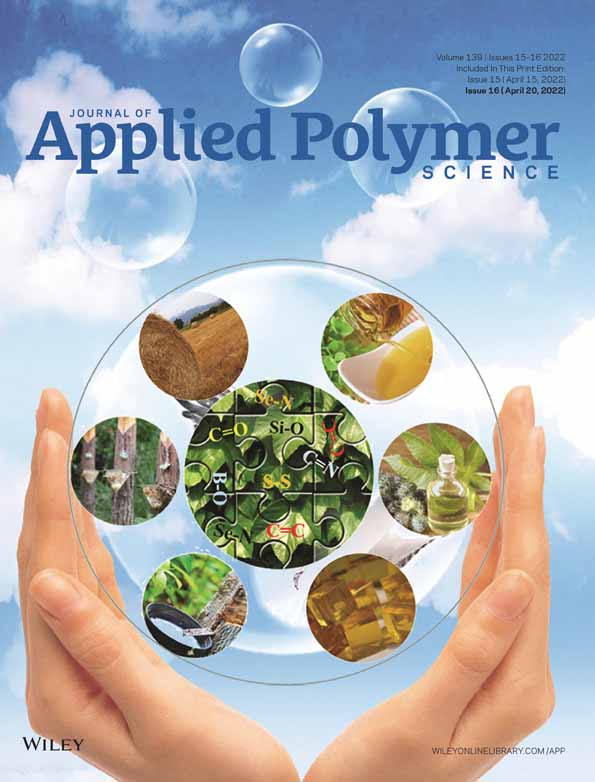Effect of UV light polymerization time on the properties of plastic crystal composite polyacrylate polymer electrolyte for all solid-state lithium-ion batteries
Funding information: China Postdoctoral Science Foundation, Grant/Award Numbers: 2017M621285, 2018T110292; Fundamental Research Funds for the Central Universities, Grant/Award Numbers: HIT.NSRIF.2019040, HIT.NSRIF.2019041; Heilongjiang Postdoctoral Financial Assistance, Grant/Award Number: LBH-Z19055; National Natural Science Foundation of China, Grant/Award Numbers: 21673064, 51902072, 22075062; State Key Laboratory of Urban Water Resource and Environment (Harbin Institute of Technology), Grant/Award Number: 2020DX11
Abstract
To solve the issues of low ionic conductivity, poor interfacial stability, and weak mechanical strength in the current polymer electrolytes, herein, the UV curing method is proposed to in-situ polymerize the plastic crystal composite solid polymer electrolyte (S-PCCE). By using ethoxylated trimethylolpropane triacrylate (ETPTA) as polymerization monomer, in conjunction with the butadiene nitrile and other additives, the S-PCCE is prepared under ultraviolet light. The S-PCCE shows improved ionic conductivity than other solid electrolyte materials. The ionic conductivity at room temperature can reach 0.98 × 10−3 S/cm, and it can reach 2.8 × 10−3 S/cm at 55°C, which is beneficial to achieve high battery performance. The LiFePO4/S-PCCE/Li battery has a high initial discharge specific capacity of 150.4 mAh/g at 0.2C, and the highest discharge specific capacity can reach 162.5 mAh/g. Moreover, after 100 cycles, the battery can still maintain a high discharge specific capacity of 154.2 mAh/g, with a Coulomb efficiency of 98.4%. At the same time, the electrolyte has excellent high-temperature adaptability, and can still work stably at 55°C with improved ionic conductivity. The superior performance of this material indicates that the plastic crystal composite polyacrylate solid electrolyte based on UV curing method can be used to prepare a high-performance lithium-ion battery, and this technology can also be compatible with existing lithium-ion battery equipment.
Open Research
DATA AVAILABILITY STATEMENT
All data generated or analyzed during this study are included in this article.




